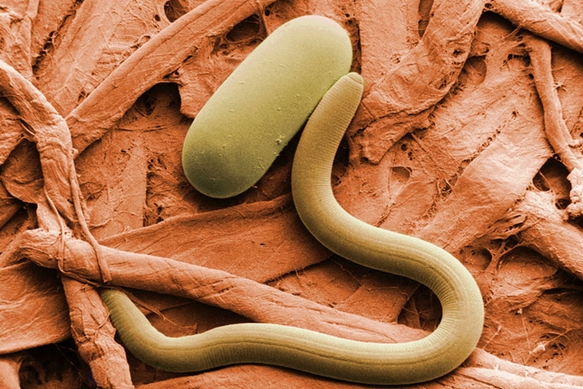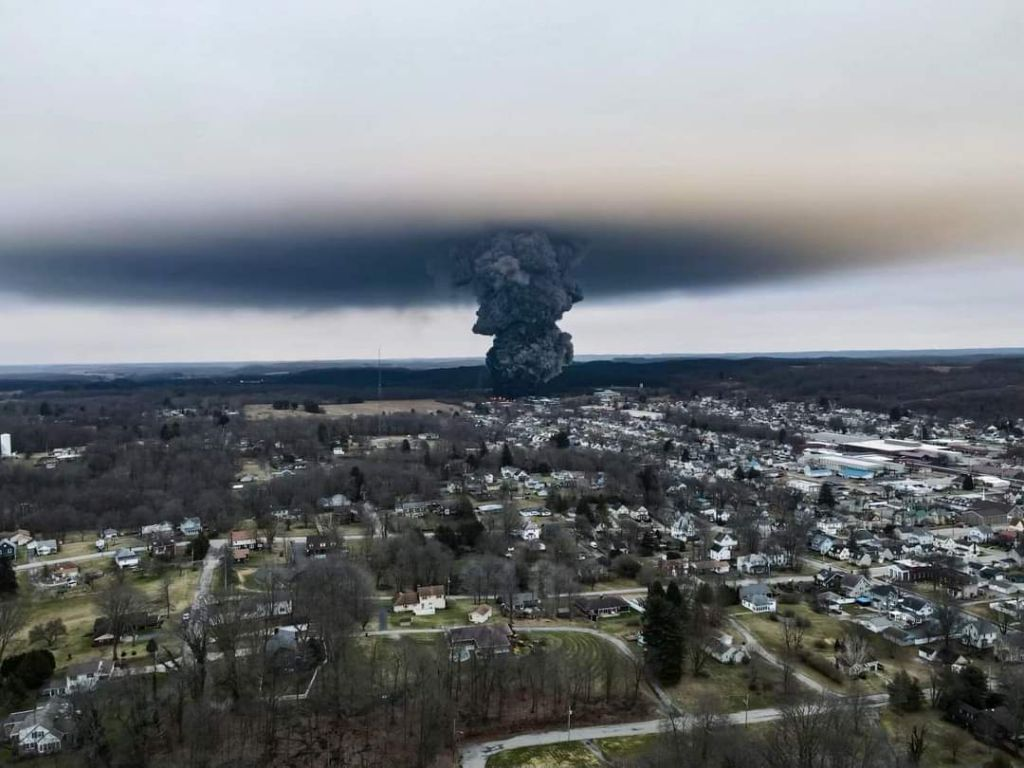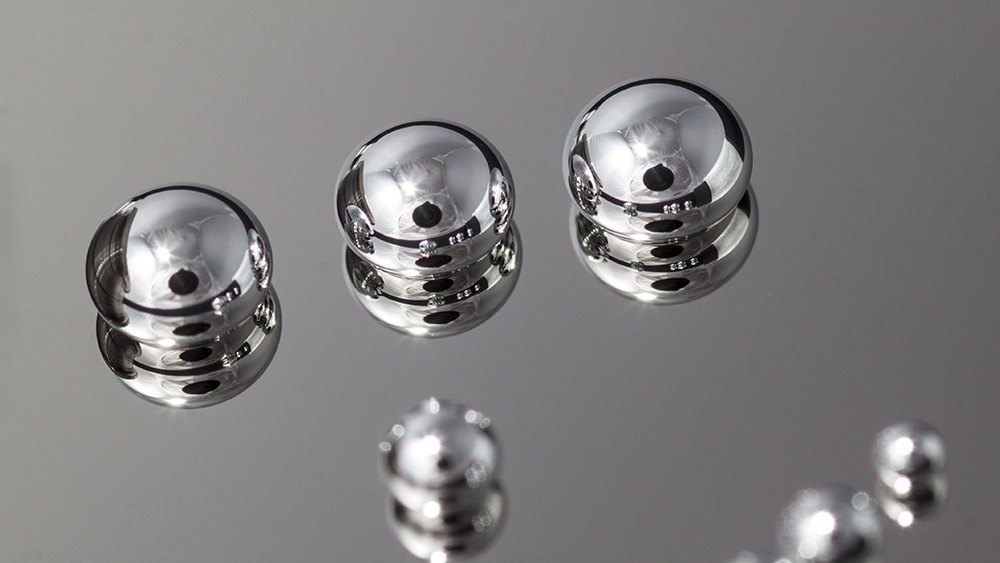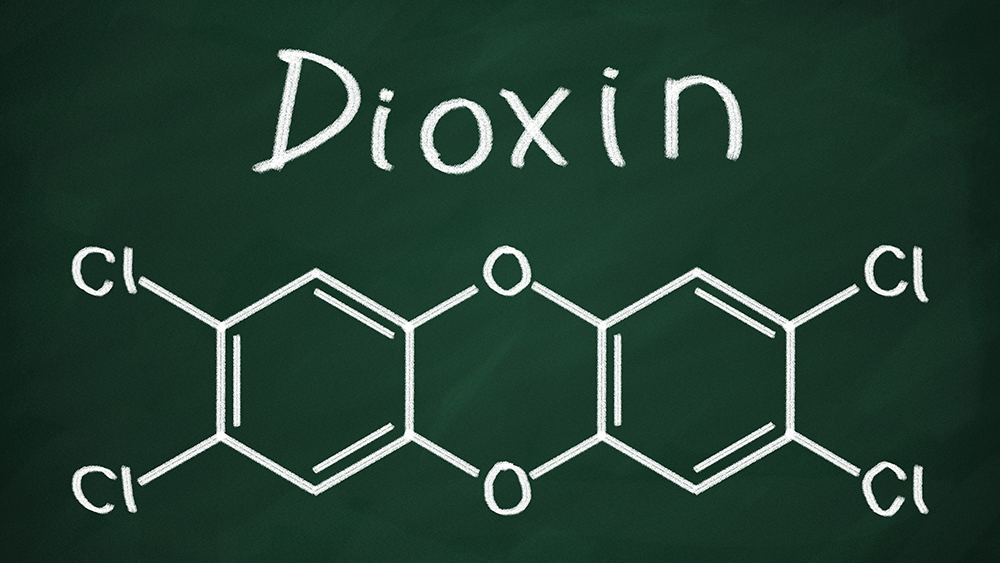Strange source of water on the moon connected to Earth’s magnetic shield
09/22/2023 / By Kevin Hughes

High-energy electrons found in a tail of plasma near Earth appear to have been a source of water throughout the moon, according to a new study.
The discovery was made by researchers from the University of Hawaii at Manoa‘s School of Ocean and Earth Science and Technology led by scientist Shuai Li. Their findings could also explain how water comes together with pockets over the moon that never see sunlight, known as permanently shaded regions (PSRs).
Li and his team’s theory connects lunar water to the magnetosphere, the magnetic bubble that encircles the Earth and protects it from high-energy charged solar particles released in the solar wind. Whenever the solar wind hits the magnetosphere, it distorts this magnetic shield and produces a long magnetic tail – aptly dubbed the “magnetotail” – on the side of the Earth facing away from the sun.
High-energy electrons and ions from the solar wind (as well as from Earth itself) create a plasma sheet within the magnetotail. Meanwhile, the moon follows the magnetotail whenever it orbits Earth and also gets protected from charged solar particles.
But when the moon orbits beyond the magnetotail, solar winds bombard its surface. Ionized hydrogen atoms from the solar wind join oxygen atoms on the moon’s surface – producing small quantities of water.
“Inside the magnetotail, there are almost no solar wind protons and water formation was expected to drop to nearly zero,” Li said in a statement. “This provides a natural laboratory for studying the formation processes of lunar surface water.”
Rust on the moon’s polar regions also show evidence of water
For their study, Li and his team utilized data gathered between 2008 and 2009 by the Moon Mineralogy Mapper (MMM) instrument onboard India’s Chandrayaan 1 spacecraft to evaluate how water formation changes as the moon moves through the magnetotail. This showed that oxygen in the magnetotail rusts iron in the polar regions of the moon, a feature Li previously touched on.
“Altogether, this finding and my previous findings of rusty lunar poles indicate that Mother Earth is strongly tied with its moon in many unrecognized aspects,” Li said. He later discovered that radiation generated by high-energy electrons in the magnetotail shows identical effects to those created by ions in the solar wind. (Related: Study: Earth’s oxygen may have been rusting the moon for billions of years.)
The team plans to follow up this finding by investigating the plasma environment around the moon and water content at the lunar poles during various points in the moon’s journey through the magnetotail. Additional observations and experiments on the lunar surface are needed to confirm it.
The study is not only important for understanding how Earth’s natural satellite evolved, but it is also vital for planning future prolonged crewed missions to the moon.
Water could be gathered by space explorers not just as nourishment, but also to produce fuel that can be utilized for staging missions from the lunar surface. These missions could use the moon as a springboard for exploration further into the solar system.
Follow Space.news for more news about the moon.
Watch the video below to know more about Earth’s magnetosphere and Van Allen bands.
This video is from the Pool Pharmacy channel on Brighteon.com.
More related stories:
India’s Chandrayaan-3 first to land near the moon’s south pole.
China to begin construction of LUNAR BASE using moon soil.
NASA’s next lunar mission could discover existence of life on the moon.
NASA plans to MINE THE MOON by early 2030s, says rocket scientist.
Sources include:
Submit a correction >>
Tagged Under:
breakthrough, Chemistry, cosmic, discoveries, Earth, hydrogen, lunar orbit, lunar surface, lunar water, magnetopshere, magnetotail, moon, physics, real investigations, research, solar winds, Space, space exploration, water
This article may contain statements that reflect the opinion of the author
RECENT NEWS & ARTICLES
COPYRIGHT © 2017 CHEMISTRY NEWS



















